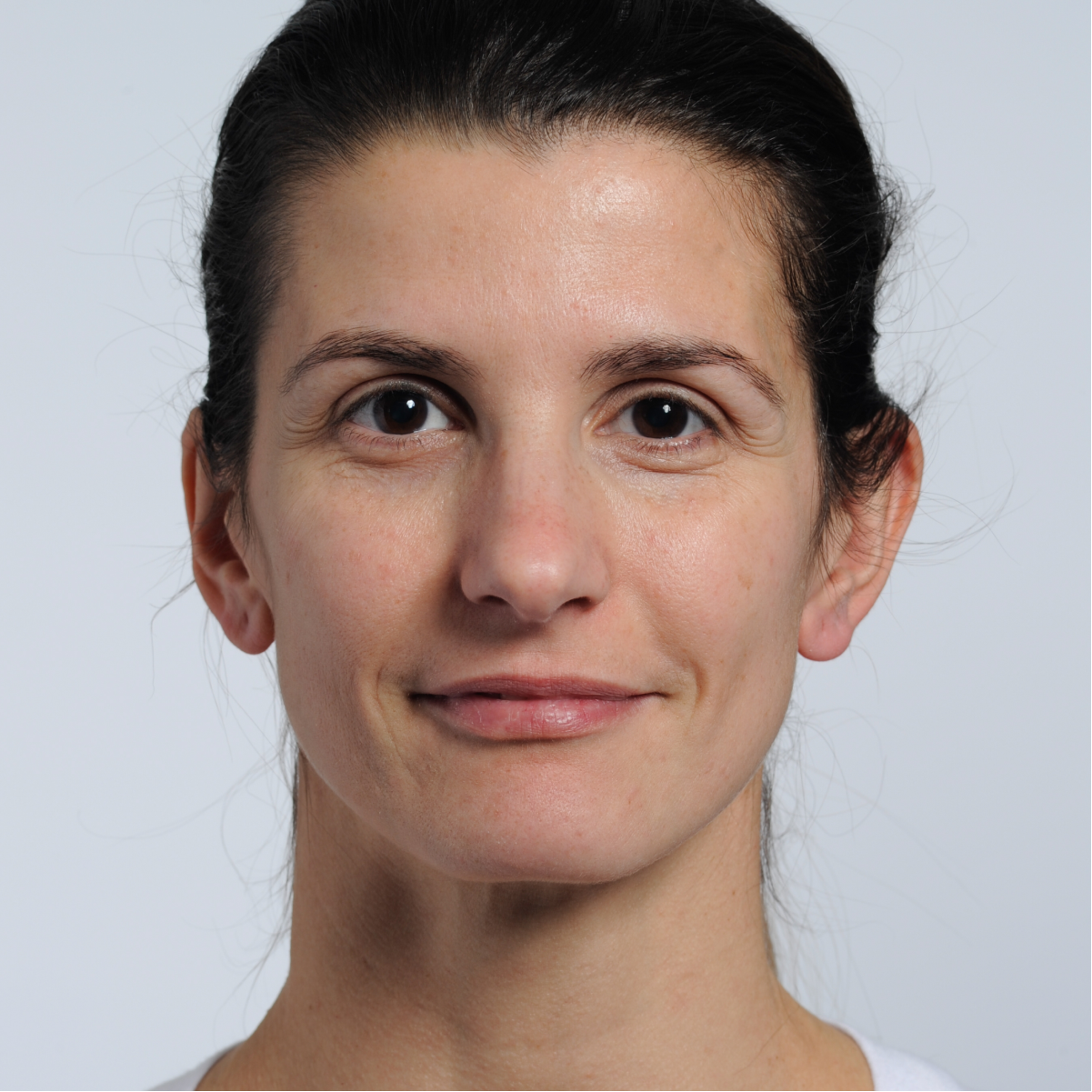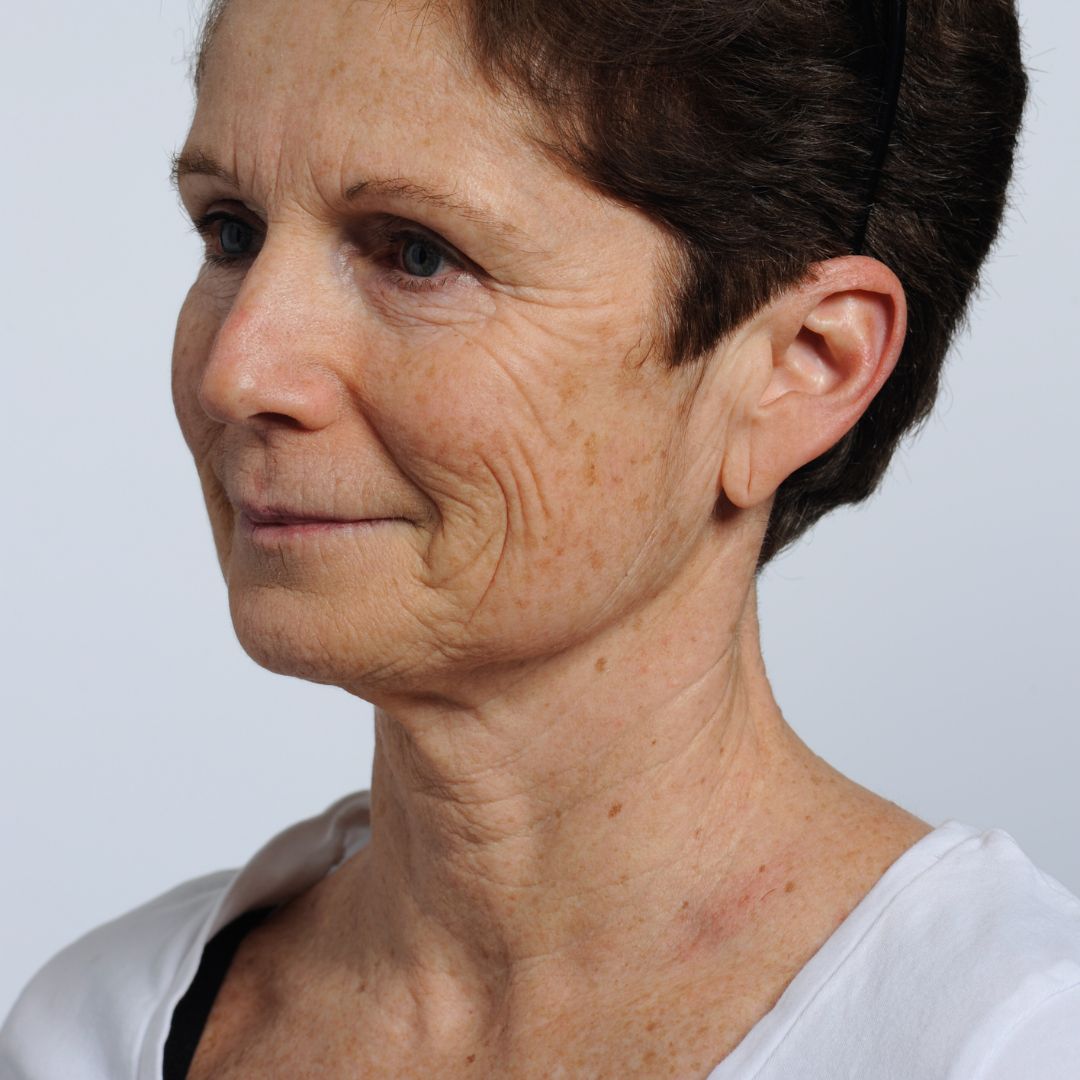As we age, several changes naturally take place including decreased collagen and elastin production - resulting in visible signs of aging such as wrinkles, fine lines, sagging skin, uneven skin tone, and slower cell turnover.
Thankfully, in the pursuit of youthful and rejuvenated skin, various laser therapies have gained popularity as effective at-home anti-aging treatments. Among these are two prominent options: The LYMA Laser, which uses a combination of LED and Low Level Laser Therapy (LLLT), and the NIRA Laser, which uses Non-Fractional Laser Therapy. If you're considering incorporating laser technology into your skincare routine, it's important to understand the differences between these treatments.
This article, written by laser experts, aims to shed light on the differences between the LYMA Laser and the NIRA Lasers, empowering you to make an educated decision about which treatment best meets your anti-aging objectives.
Understanding The Technology Behind The LYMA Laser
The LYMA Laser is an at-home skincare device that combines LED technology with Low-Level Laser Therapy (LLLT). According to LYMA, the device is designed to stimulate collagen production, accelerate cell turnover, and improve circulation to rejuvenate the skin, reduce fine lines, and enhance overall skin texture. The device operates with a power of 62.5 mW/cm² and utilizes wavelengths of 620 nm and 808 nm, which are intended to penetrate deeply into the skin, fat, and muscle tissue. However, the effectiveness of this penetration in reaching the dermis—where collagen and elastin cells are concentrated—requires further clinical validation.
The LYMA Laser has received FDA clearance under the 510(k) process, which demonstrates its substantial equivalence to existing devices like the Trinity Wrinkle Remover and Lightstim for Wrinkles. This clearance allows the device to be marketed for specific skin treatment purposes. While LYMA promotes its laser as a clinic-grade device for home use, the full scope of its efficacy and its claims regarding comprehensive skin rejuvenation have not been fully substantiated by independent, peer-reviewed clinical studies.
Low-Level Laser Therapy is recognized for its non-invasive approach to skincare, offering potential short-term benefits such as temporary improvements in skin texture and hydration. However, current scientific evidence for its long-term impact on collagen regeneration and sustained skin renewal remains limited. For users seeking comprehensive and lasting skin rejuvenation, it's important to consider the limited clinical evidence supporting the device's long-term efficacy in promoting deep collagen stimulation and sustained results.
Other Considerations of The LYMA Laser
While the LYMA Laser is pain-free, suitable for all skin tones, and does not require messy primers or gels, there are several practical considerations to keep in mind. The device requires up to 4 hours for a full charge, with each charge lasting approximately 2 hours of use. Treatment sessions typically last around 15 minutes, but larger areas such as the neck, chest, or hands may require multiple sessions or longer durations. Additionally, at a price of $2,695, the LYMA Laser does not offer a money-back guarantee if users do not see results.
These factors contribute to the LYMA Laser being a significant financial and time commitment, which may be a consideration for those looking for a more cost-effective and manageable skincare solution.
Understanding Non-Fractional Laser Therapy
Non-fractional laser therapy is a non-invasive treatment that uses focused laser energy to stimulate collagen production and promote natural skin rejuvenation without damaging or removing the outer layer of the skin. Devices like the FDA-cleared NIRA at-home lasers deliver targeted thermal energy that penetrate deeply into the skin, including the dermis, where collagen and elastin are abundant. This process activates the body’s natural repair mechanisms, leading to enhanced skin structure and elasticity over time.
NIRA is engineered with a powerful 1450nm wavelength that delivers targeted energy to stimulate collagen synthesis and promote skin renewal. The 1450nm wavelength is effective at penetrating the deeper layers of the skin, where collagen and elastin reside, and initiating the body's natural healing process. While NIRA utilizes this same advanced technology as in-clinic treatments, it operates at a gentler intensity suitable for home use, ensuring safe and effective results without discomfort, downtime, or risks.
NIRA’s approach allows users to experience gradual improvements in skin texture, reduced fine lines, and smoother, more youthful-looking skin. By providing consistent, low-intensity treatments with the 1450nm wavelength, NIRA offers effective skin rejuvenation over time, without the immediate intensity or potential side effects associated with in-clinic treatments using higher-powered lasers.

About NIRA Lasers
The NIRA lasers are the only at-home devices that utilize 100% non-fractional laser technology. Powered by the same advanced 1450nm laser technology trusted by dermatologists, NIRA delivers safe, effective results in the comfort of your home, with a lower intensity tailored for personal use. FDA-cleared and clinically proven, NIRA's at-home lasers reduce fine lines and wrinkles in just minutes a day. To achieve FDA clearance, NIRA underwent rigorous clinical testing on 76 participants of all genders in an independent, blinded study, overseen by three medical experts. The results proved that with consistent use over 90 days, NIRA lasers effectively rebuild collagen, renew skin, and visibly reduce fine lines and wrinkles. Real customers have shared their before and after results, showcasing the transformative power of NIRA. This study also demonstrates that NIRA's results are long-lasting, with improvements maintained for 2 to 3 months after treatment without continued use.
NIRA’s patented non-fractional, non-ablative laser technology gently heats the dermis to stimulate natural collagen production, revealing firmer, more youthful-looking skin in just 90 days. With five adjustable comfort levels to cater to your skin’s sensitivity, NIRA makes it possible to achieve clinical-grade wrinkle reduction at home—without pain, redness, or downtime. Operating at an optimal 1450 nm wavelength, NIRA warms the skin to over 39°C, triggering the dermis to produce heat shock proteins that promote collagen production and skin renewal.
By comparison, the LYMA Laser uses 808nm cold near-infrared light, which stimulates collagen production through Low-Level Laser Therapy (LLLT) without generating significant heat. In contrast, NIRA’s laser operates at a 1450nm wavelength and reaches higher temperatures in the dermis, allowing for more effective collagen stimulation. NIRA’s laser delivers twice the energy, optimizing the rebuilding of collagen and elastin cells. Treatments with NIRA are also significantly faster, taking just 2 to 5 minutes, which is roughly 225x quicker than the LYMA Laser.
The NIRA Pro Laser features the largest treatment tip of any at-home laser device, allowing you to treat larger areas like the neck, chest, and hands in just minutes a day. The NIRA Precision Laser is designed to target hard-to-reach wrinkles around the eyes and mouth, even lifting hooded eyelids. A cost-effective solution compared to both the LYMA Laser and in-office treatments, the NIRA lasers are available separately or as part of the Ultimate Bundle for just $999, addressing your skin’s specific needs.
LYMA vs. NIRA: The Verdict
Treatment Time: The best device is the one that you will use. NIRA has quick treatment times of under 5 minutes that fit into any daily routine, whereas LYMA takes at least 30 to 60 minutes per treatment session.
Results: The LYMA Laser’s results are based on customer reports, with no independent clinical evidence to substantiate its claims. In contrast, the NIRA laser’s effectiveness is proven through a blinded clinical study, which demonstrates its ability to reduce fine lines and wrinkles and stimulate collagen production. The results of the NIRA lasers are scientifically validated and supported by rigorous testing.
Price: The LYMA Laser is priced at twice the cost of both NIRA devices combined.
Money-Back Guarantee: NIRA offers a 90-day money-back guarantee, allowing you to try our technology risk-free. In comparison, LYMA offers a 14-day return window, but only for unused devices in their original packaging, and does not provide a money-back guarantee for performance.
With so many beauty device companies making varying claims, it’s important to carefully research their clinical studies and technology. By understanding the key differences between treatments and consulting with a skincare professional, you can make an informed choice that fits your lifestyle and helps you achieve your desired results.
Frequently Asked Questions
What are the key differences between the LYMA Laser and the NIRA Laser?
+ -The NIRA Laser uses patented non-fractional, non-ablative laser technology, clinically proven to reduce wrinkles by stimulating collagen production deep within the dermis. LYMA combines LED and Low-Level Laser Therapy (LLLT), which doesn’t penetrate the skin as deeply, resulting in less effective results for skin rejuvenation. NIRA also delivers quicker results and requires shorter treatment times (2-5 minutes per session), whereas LYMA treatments can take up to 15 minutes. Which laser is more cost-effective for at-home skin treatment?
NIRA is significantly more cost-effective than the LYMA Laser. NIRA’s laser devices are available for under $1,000, while the LYMA Laser retails for $2,695. Additionally, NIRA offers a 90-day money-back guarantee, allowing you to try the device risk-free, something LYMA does not offer. When factoring in price, treatment time, and proven effectiveness, NIRA provides a better return on investment for at-home skin treatment.
How is LYMA Laser technology different from the NIRA Laser?
+ -LYMA uses a combination of LED light and LLLT, which delivers minimal energy to the skin’s deeper layers, where collagen production occurs. This results in a less effective treatment for wrinkles and skin regeneration. NIRA, on the other hand, uses true non-fractional laser technology, delivering targeted thermal energy deep into the dermis at an optimal wavelength (1450 nm), stimulating collagen production to reduce wrinkles effectively. NIRA’s laser technology is 200x more powerful than LED-based devices like LYMA.
Is NIRA the best alternative to the LYMA Laser?
+ -Yes, NIRA is considered the best alternative to LYMA. NIRA’s clinically tested technology offers faster results, shorter treatment times, and greater affordability. NIRA's non-fractional laser technology is FDA-cleared, safe for all skin tones, and delivers professional-grade results without pain or downtime. With NIRA, you get effective, long-lasting results in the comfort of your home, backed by a money-back guarantee.
Which laser is the best for overall wrinkle reduction?
+ -NIRA is the superior choice for wrinkle reduction. While LYMA has customer-reported results with no clinical backing, NIRA is clinically proven to reduce fine lines and wrinkles through non-fractional laser therapy. In an independent study, 7 out of 10 users reported long-lasting wrinkle reduction benefits for up to three months after treatment.
Are there any clinical studies backing the effectiveness of these lasers?
+ -Yes, NIRA’s laser technology is backed by a clinical study conducted by New England Dermatology Associates involving 76 individuals of all genders. The study showed that using the NIRA Laser for just 2 minutes a day over 90 days led to significant wrinkle reduction with no side effects, even on darker skin tones. As for LYMA, its laser technology lacks independent clinical backing.















 as your payment method.
as your payment method.